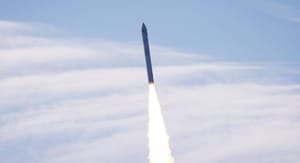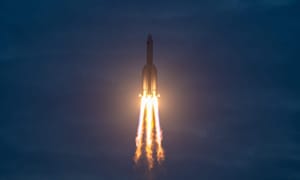
China launched what was thought to be a Long March 6C in the Western world but later turned out to be a Long March 6A. The launch occurred from Launch Complex 9A at the Taiyuan Satellite Launch Center, in northern China. Liftoff was at 10:51 pm Universal Coordinated Time on the 26th of March, which was 06:51 am China Standard Time on the 27th.
Spaceflight observers in the Western world, including me, were initially led to believe that the debut flight of the Long March 6C was imminent due to released notices’ to mariners and keep-out zones. This would turn out to be incorrect upon news from official sources after the launch.
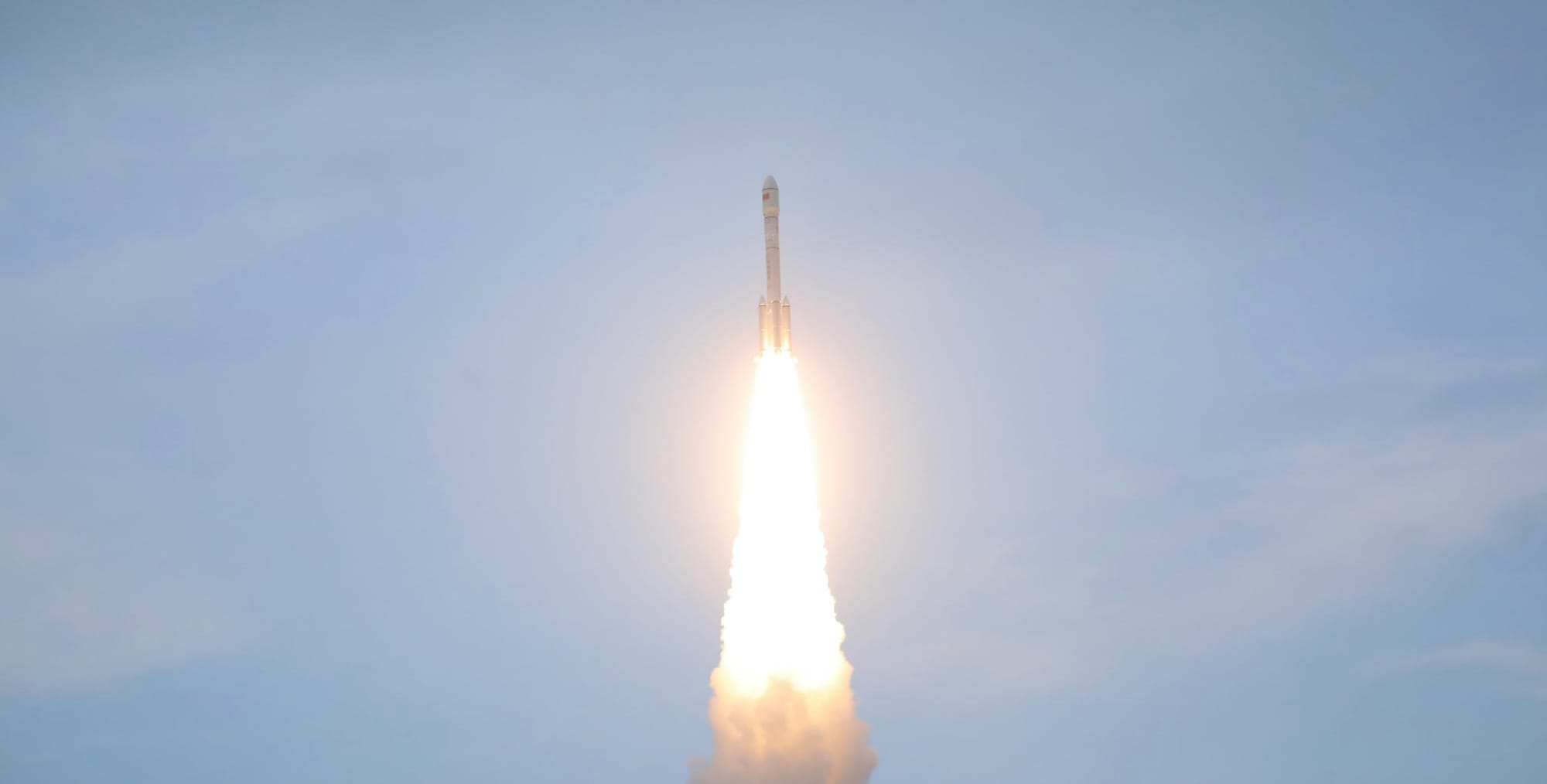
Riding atop the Long March 6A Y3 rocket is currently believed to be a Yunhai-3 02 satellite. The satellite is reportedly healthy and in its desired orbit with the launch mission being considered a success. Yunhai-3 02 is believed to be in a sun-synchronus orbit of Earth at the time of writing.
The Yunahi-3 satellite is reported to be tasked with surveying atmospheric factors, marine environment surveys, monitoring the space environment, providing data to support disaster prevention and mitigation efforts, and carrying out scientific experiments via the use of Global Navigation Satellite System Radio Occultation.
It is believed that the Long March 6A will launch six more times in 2024 as the test flight period is believed to be over. Production lines for the Long March 6A are also reportedly working at a higher efficiency as well as being simplified. The Shanghai Academy of Spaceflight Technology is reported to have had the rocket in continuous development since its debut in 2022 to improve and refine the vehicle.
This launch was the five-hundred and fourteenth Long March launch from China, the sixteenth of the Long March 6 series, and the fifth for the Long March 6A.
What is the Long March 6A?
The Long March 6A is one of the newest rockets from the Long March series of launch vehicles to debut in recent years, as it first flew in March of 2022. It is manufactured by the Shanghai Academy of Spaceflight Technology, who also manufacture the Long March 6 which the rocket is derived from. Based on current information, it's likely that the Long March 6A will launch from only the Taiyuan Satellite Launch Center for the foreseeable future.
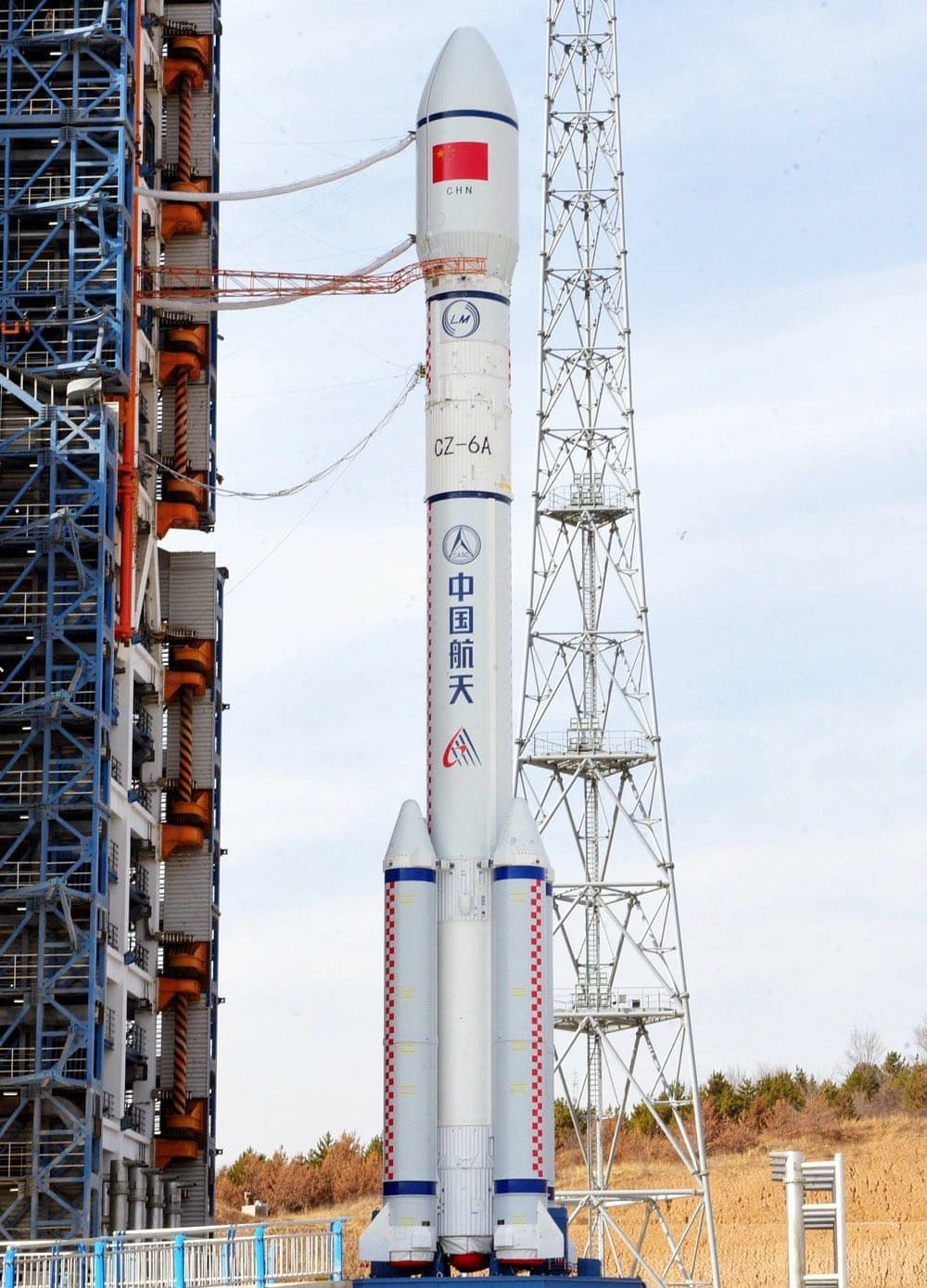
It is believed that the Long March 6A is capable of delivering 4,500 kilograms to a 700-kilogram sun-synchronous orbit. A higher payload capacity is believed to be available for lower-altitude sun-synchronus orbits, but this has not been widely shared.
The first-stage is powered by two YF-100 engines to generate a combined thrust of approximately 244 tons of thrust, while burning rocket-grade kerosene and liquid oxygen. The first-stage is reportedly 3.35 meters in diameter.
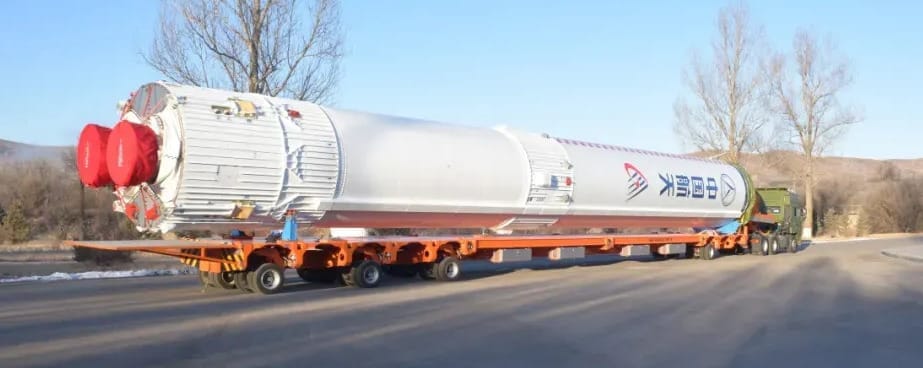
During ascent, the first-stage is augmented by four solid rocket boosters attached to the side of the vehicle. The solid rocket boosters reportedly generate 124 tons of thrust each burning their solid propellant, each booster is also believed to be 2 meters in diameter. The solid rocket boosters generate a combined thrust of 492 tons of thrust. When combined with the first-stage they generate a total of 736 tons of thrust.
The second-stage is powered by a single YF-115 engine generating 18 tons of thrust burning rocket-grade kerosene and liquid oxygen. The second-stage is believed to be 3.35 meters in diameter, like the first stage.
On the launchpad, the rocket reportedly weighs 530,000 kilograms and is fifty meters tall. The Shanghai Academy of Spaceflight Technology has not shared the burn time for either of the stages or solid booster, at the time of writing.
Why so many Long March rockets?
China's state-owned launch vehicle providers and manufacturers are working towards the country's goal of phasing out its hypergolic fuelled launch vehicles. These new rockets are designed to burn rocket-grade kerosene and liquid oxygen instead of Dinitrogen Tetroxide and Unsymmetrical Dimethylhydrazine. The new rockets are the Long March 5, Long March 6, Long March 7, Long March 8, Long March 10, and Long March 12 series' of rockets.
Introducing new rockets is not a trivial process and requires overlap between the old and new launch vehicles. New launch vehicles also need to prove their reliability and safety while carrying payloads.
But why move away from the older Long March vehicles? The fuel of the older Long March launch vehicles are Dinitrogen Tetroxide and Unsymmetrical Dimethylhydrazine, both of which are dangerous to be around without specialist protective equipment. They were also designed in the 1970s and 1980s so production methods and design techniques have improved massively since, especially in China which is now a world-class manufacturer.
It's likely most of the older Long March vehicles will be retired by the start of the 2030s, with the last to retire likely to be the Long March 2F as it launches the Shenzhou crewed spacecraft. For more information on almost all of the Long March rockets see here.

